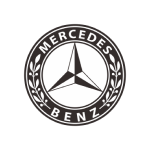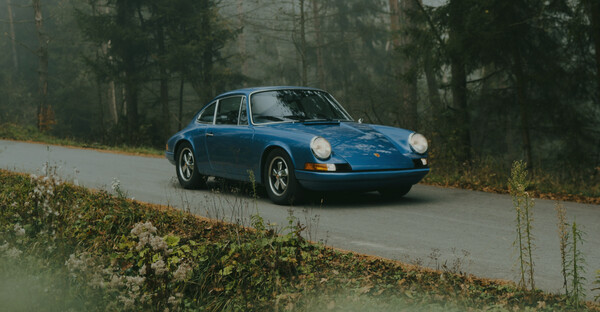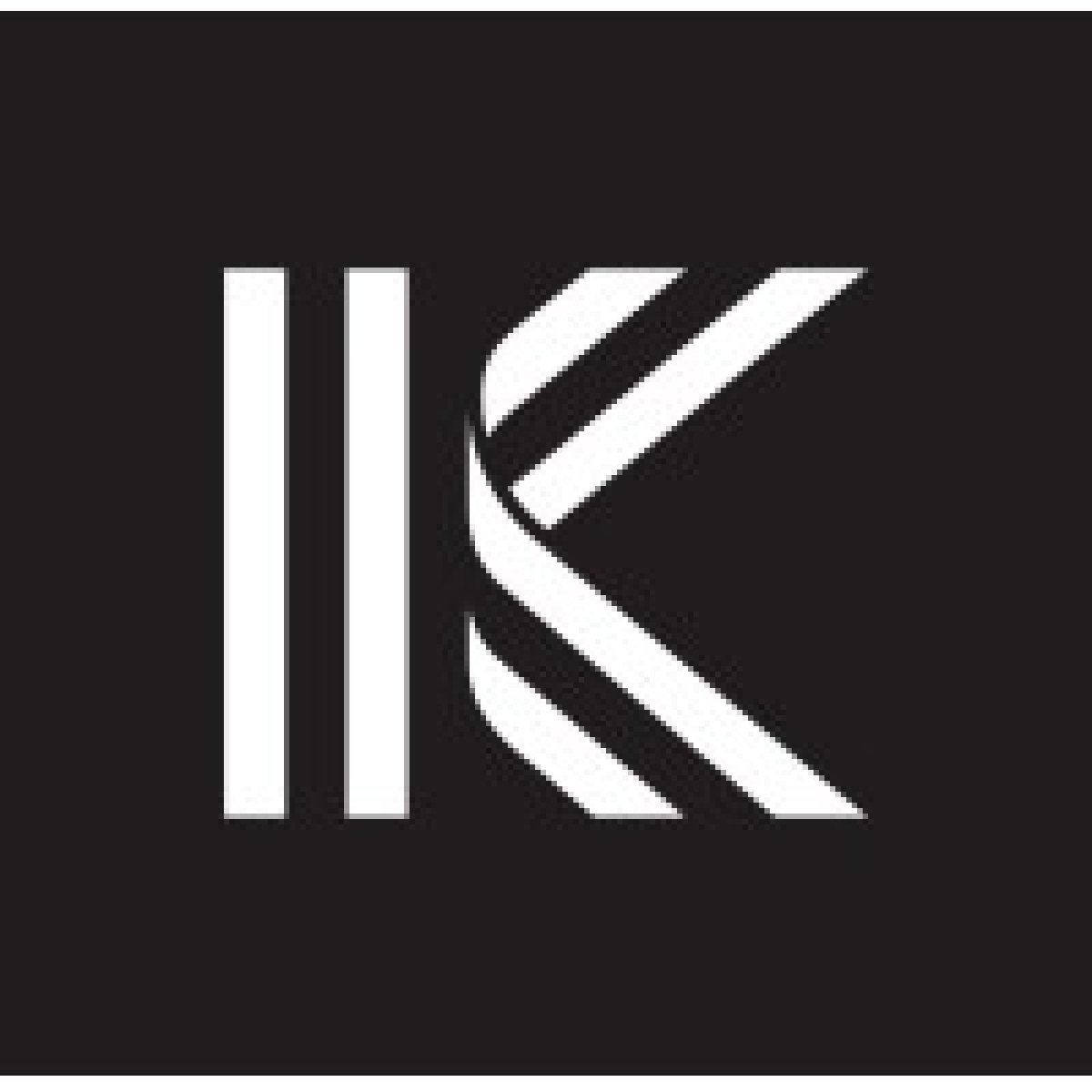Description
The Mercedes-Benz R107 and C107 were sports cars produced by Mercedes-Benz from 1971 to 1989, being the second longest-running series produced by the German brand after the G-Class. They were sold under the model names. The predecessor to the W113 was a notable success in North America, with 19, 440 units (40%) out of a total of 48, 912 sold in the United States. The R107 and C107 were even more focused on the US market, with specialised engines, bumper designs, headlamps and emissions management designs. The R107 and C107 sold 204, 373 units in the US (68%) out of a total of 300, 175 units sold). At the time of its production, the SL was the only roadster offered by Mercedes-Benz. The C107/ SLC was a four-seater with a fixed roof and an optional sliding steel sunroof. It replaced the W111 Coupe in 1971 and was in turn replaced by the C126 S-Class Coupe in 1981. 1977 Mercedes-Benz 280SL Model History The R107 and C107 took chassis components from the 1968 Mercedes-Benz W114 mid-size model and initially combined them with the M116 and M117 V8 engines used in the W108, W109 and W111 series. The body styles of the R107 and C107 did not change significantly from their introduction in 1971 until the end of production in 1981 (coupe) and 1989 (soft top), respectively. SLC rear side window slats The SLC derivative (C107) was a 2-door hardtop coupe, with a 36 cm (14. 2 inch) longer wheelbase and full-size rear seats. The SLC was the first and only time Mercedes-Benz based its S-Class coupe on a stretched SL roadster platform, rather than the larger S-Class saloon. The SLC replaced the former 280/ 300SE coupé in the Mercedes range. There was no two-door version of the W116. Production of the SLC model ended in 1981, well before the SL. It was replaced by the considerably larger 380SEC and 500SEC, again derived from the 1980 S-Class range. Series production of the first R107 car, the 350SL, began in April 1971 with the last of the W113 cars; the 350SLC was launched in October. Early 1971 350SLs are very rare and were available with an optional 4-speed hydraulically coupled automatic transmission. European models and engines The C107 SLC enjoyed a successful rallying career. The 350SL and 350SLC for the European market used a 3. 5-litre V8 engine. From July 1974, the SL and SLC could also be ordered with a 2. 8-litre in-line 6-cylinder with fuel injection like the 280SL and 280SLC. In September 1977, the 450SLC 5. 0 joined the range. This was a homologation version of the large coupé, with a new all-aluminium five-litre V8, aluminium alloy bonnet and boot lid, as well as a black rubber rear spoiler and a small front spoiler. These changes have resulted in a weight reduction of over 100kg compared to the 'old' 450SLC. The '5. 0' was built in limited numbers, with only 2, 769 completed between 1977 and 1981. The top speed of the '5. 0' was around 10 km/ h faster than that of the '4. 5', at around 225 km/ h. The 450SLC 5. 0 was produced to homologate the SLC for the 1978 World Rally Championship. From 1980, the 350SLC, 450SLC and 450SLC 5. 0 models (like the 350SL and 450SL) were discontinued in 1980 with the introduction of the 380SLC and 500SLC in March 1980. At the same time, the cars received a very slight facelift; the 3-speed automatic gearbox was replaced by a four-speed unit, returning to the starting point of the R107 in 1971 with the optional 350SL (3. 5-litre) 4-speed automatic. The 280SLC, 380SLC and 500SLC were discontinued in 1981 with the introduction of the 380SEC and 500SEC W126 series coupés. A total of 62, 888 SLCs were built over a ten-year period, of which only 1, 636 were 450SLC-5. 0s and 1, 133 were 500SLCs. Both models are sought after by collectors today. With the exception of the R171 SLK 55 AMG Black Series and the SL65 AMG Black Series, the SLC remains the only Mercedes-Benz fixed-roof coupé based on a roadster rather than a saloon. The unit presented is a vehicle delivered on consignment for sale, registered in France in 1973, imported in 1981 and undergoing a thorough and careful restoration of the bodywork and mechanicals.



















